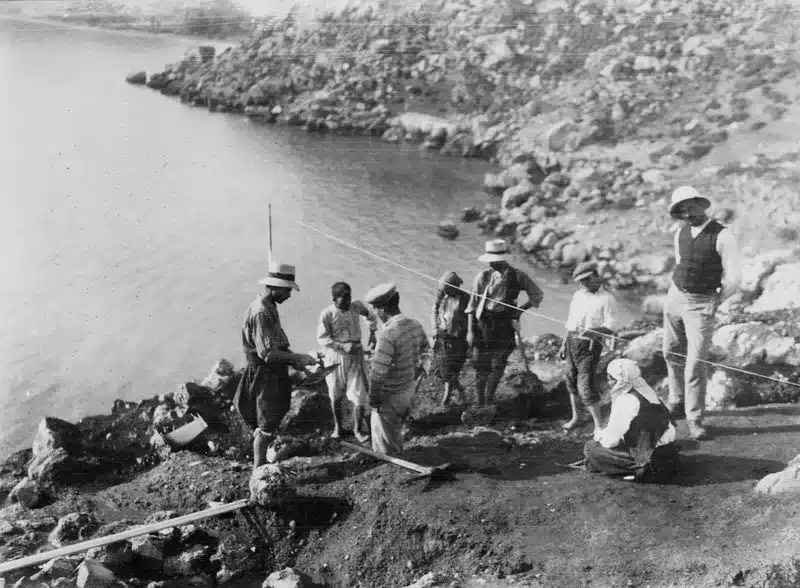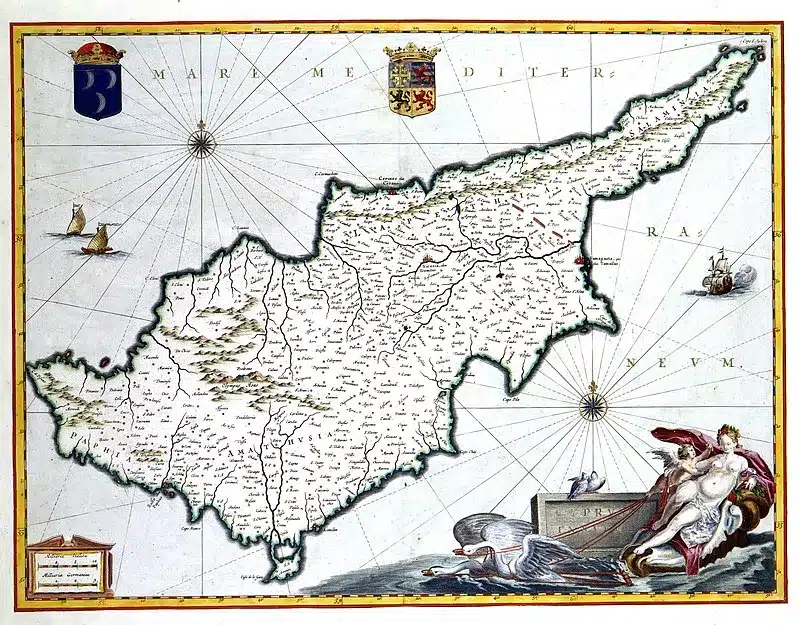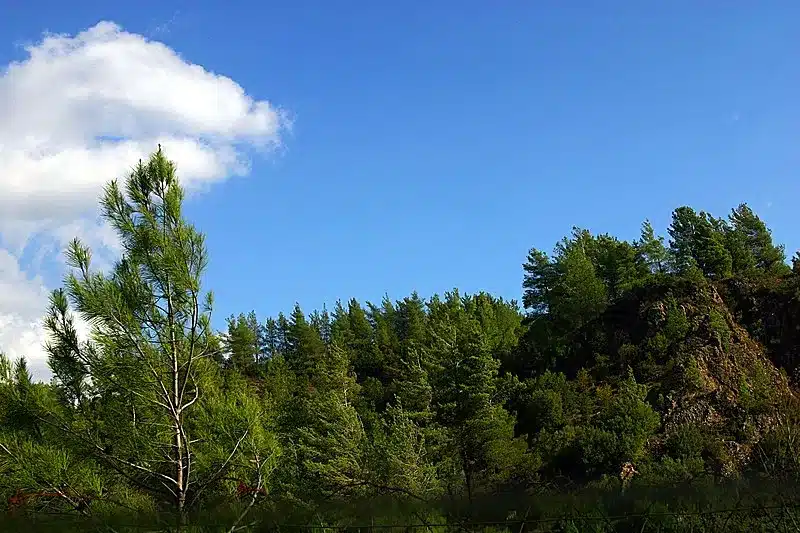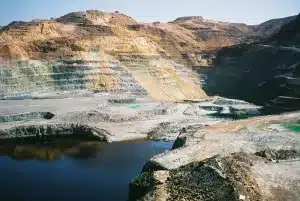The lower slopes of the two mountain ranges of Cyprus were inhabited long before the discovery of metals and their uses, and early settlements have been identified in situations which were favourable for husbandry, usually within reach of a spring or perennial stream.
The intriguing exception is on the rocky island of Petra tou Limniti, a few miles west of Vouni Palace. This appears to be an inauspicious site for all but the beleaguered (and unproductive for visitors, as well as being difficult of access).

Petra tou Limniti expedition, 1930
Of all the Stone Age sites in Cyprus, four have been thoroughly excavated: Khirokitia, Kalavassos, Erimi and Sotira.
Khirokitia is the one which is the most rewarding to visit, because not only has it been comprehensively investigated but it is well maintained in a condition which affords a fascinating glimpse of a very early period in man’s history, when he was already occupied in agriculture and the domestication of animals, and had also developed domestic architecture in the form of tholoi, or beehive huts, made of baked mud, but with a stone or pebble foundation.
The Stone Age tholoi of Cyprus are similar in structure to contemporary buildings in Mesopotamia and in Crete. Obsidian implements used in the shaping of stoneware also suggest outside influence, because obsidian is not a native product.

It may therefore be assumed that at this period Cyprus was not without contact with the outside world.
When pottery later replaced stone for domestic use this appears as a sudden adoption of new techniques preceded by no transition period – another indication of the assimilation of foreign ideas and trends.







